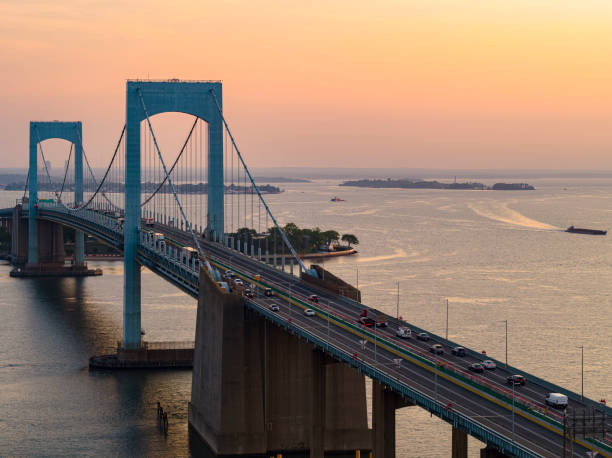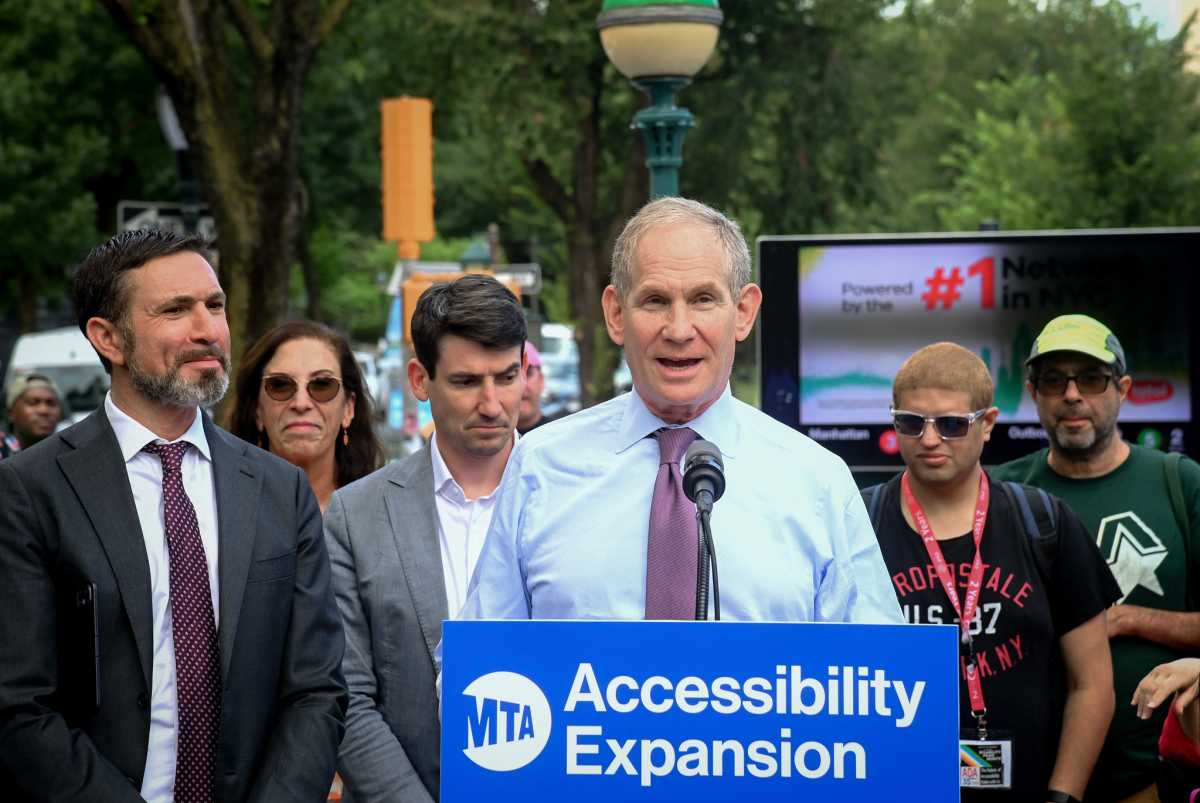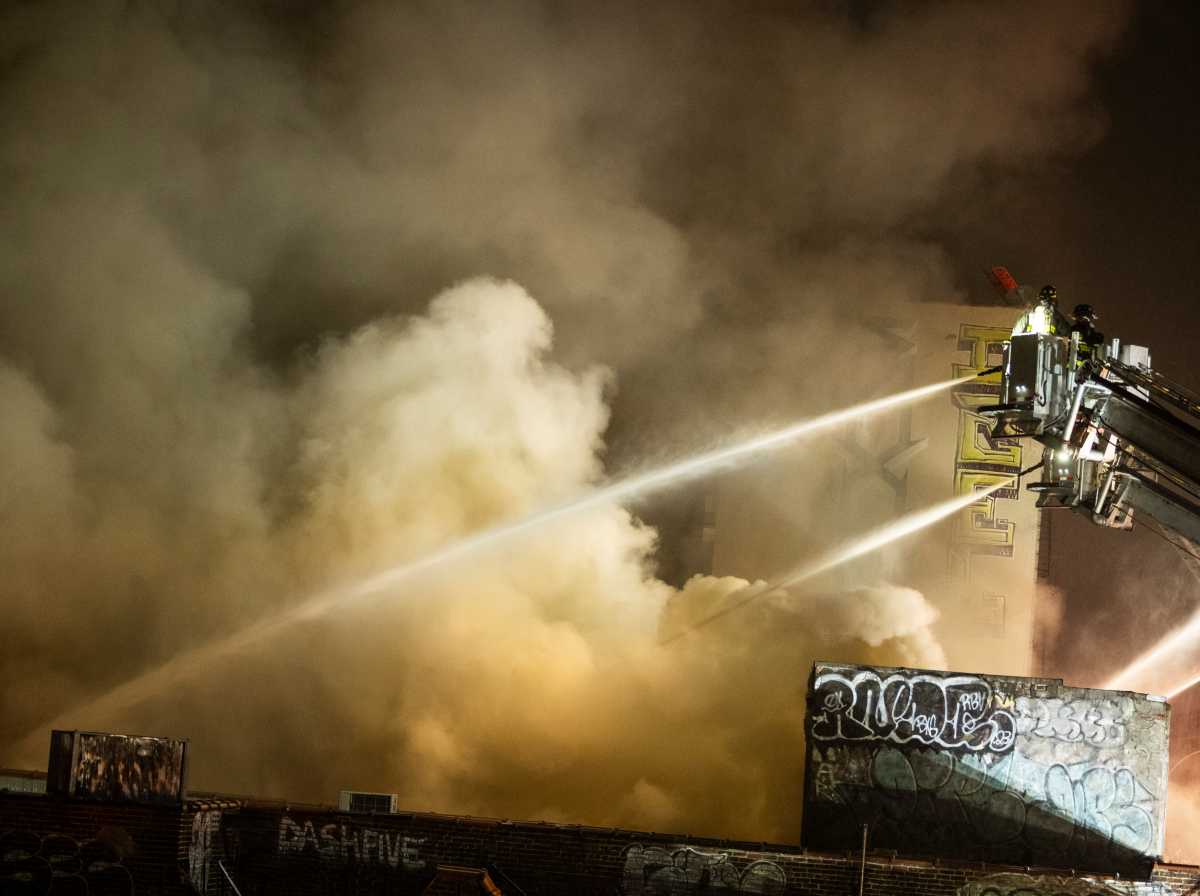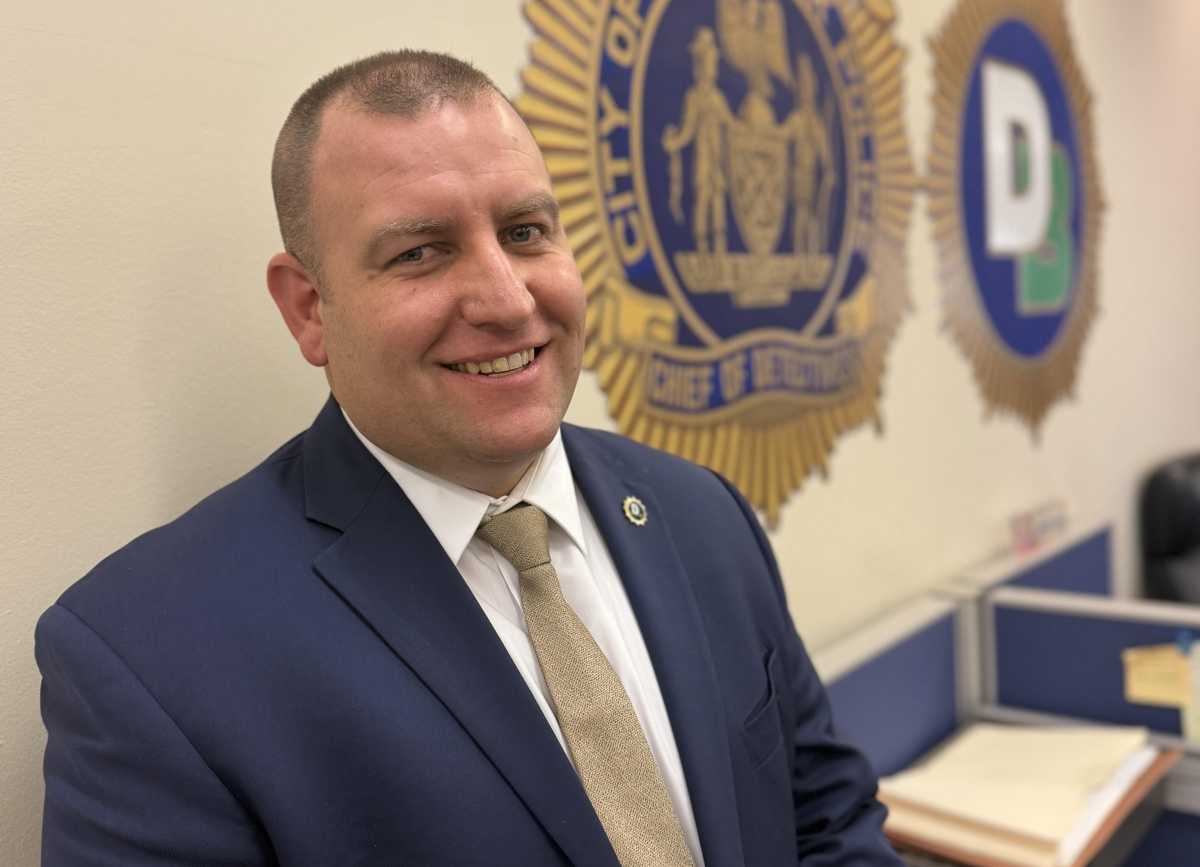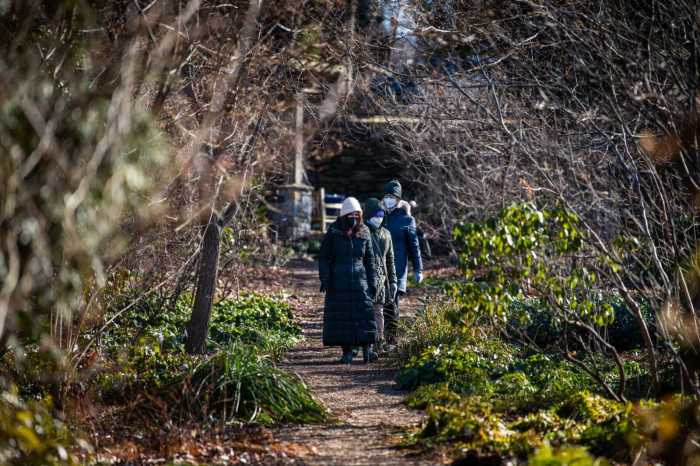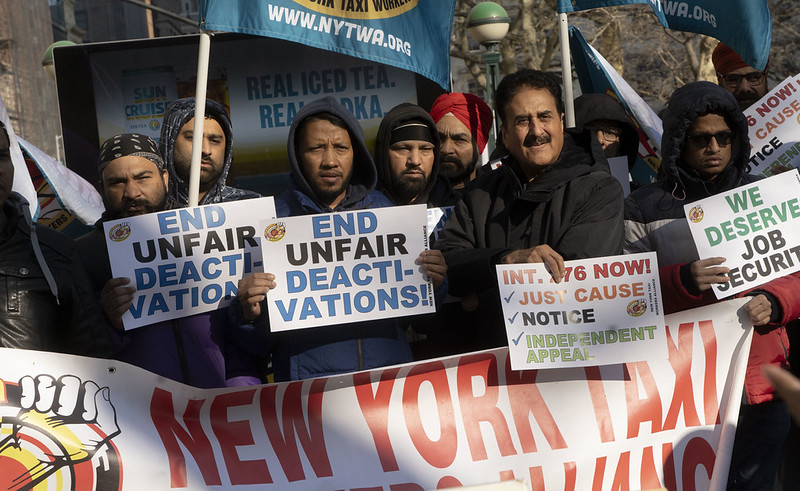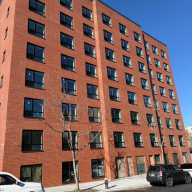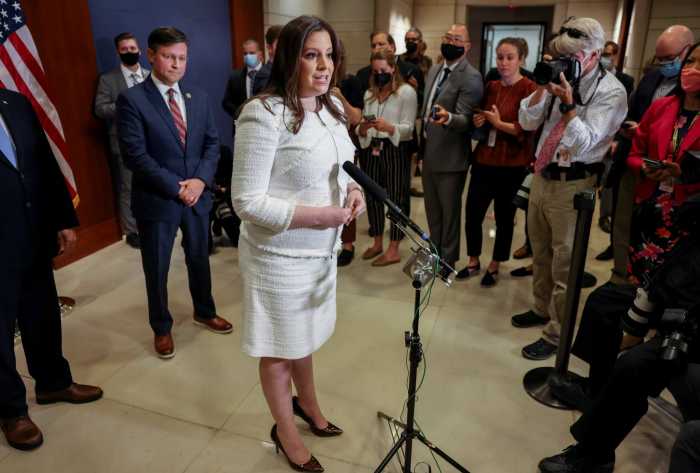The Bronx has always been a borough that moves the world. The birthplace of hip hop, the home of the Yankees and a place where generations of working families have built vibrant communities, rooted in rich cultural diversity and resilience.
Inspiring and bustling with energy, its legacy is unfortunately marked by decades of environmental neglect. While the Bronx has given so much to New York City and the world, it has been robbed of its clean air and disproportionately impacted by pollution. Home to a neighborhood called “Asthma Alley,” heavy industry, from warehouses and waste stations to power plants, in the Bronx has resulted in the highest asthma rates in the country.
With industry comes truck traffic, which only perpetuates our challenge with air quality. Interstate-95, which includes the Cross Bronx Expressway, has the highest volume truck corridor in NYC, and the Throgs Neck Bridge has the second-highest daily truck crossing in NYC. Coupled with the unregulated surge of e-commerce warehouses in the borough, it’s clear that truck traffic poses an increasingly dangerous threat to the communities that don’t reap the benefits of this economic activity but are nevertheless harmed by it.
That’s why when New York City implemented its congestion relief program — and we see that a new stream of revenue to improve NYC is possible — we need Bronx residents to benefit the most. The revenue that has been collected is more than initially expected and it could be directed to making critical community-driven improvements.
Since the program launched, preliminary data shows that traffic delays are down 10% in the Bronx and fine particle pollution has declined in the South Bronx. Citywide, we see similar positive trends where traffic injuries are down and school buses are running on time more often, keeping students in class an average of 30 minutes longer every week.
Most tangibly, the congestion relief program has already dedicated $70 million to mitigation projects in the Bronx. That includes projects like expanding the Bronx Asthma Initiative, renovating parks and green spaces, and installing air filtration units in schools near highways. The revenue will also help fund accessibility improvements like ramps and elevators at 5 Bronx stations, including 3 Av-138 St, Brook Av, and Wakefield-241 St.
The $70 million that is supposed to be invested in the Bronx, however, won’t all come overnight. That means we will have to withstand poor air quality and a lack of community improvements until it finally arrives. Decision-makers must also be willing to make adjustments to the plan as our actual conditions worsen.
The upcoming Truck Refrigeration Unit (TRU) swap-out program in Hunts Point will replace some of the dirtiest diesel equipment with cleaner alternatives, making a targeted investment that will multiply congestion relief’s air quality benefits. Congestion pricing has already generated more than $365 million overall and is on track for $15 billion, which directly funds transportation improvements for the thousands of Bronx residents who rely on public transit and additional community benefits for those who don’t.
So now, our borough finds itself at a crossroads. Will we defend this progress to make the Bronx a cleaner and healthier place, or let it slip away?
At THE POINT, and through our work with the New York City Environmental Justice Alliance, we’ve spent decades organizing to protect a safer, healthier, more prosperous future for our neighbors. Our communities have long lived with the consequences of citywide decisions that treat the Bronx as a free-for-all for trucks, waste facilities, and polluting industries. We’ve seen firsthand how environmental justice is about respecting communities, economic revitalization, and delivering material results to those who live, work, go to school here just as much as it’s about protecting the environment. The only way this works is if we remain grounded in these goals.
E-commerce warehouses are generating new unaccounted-for truck trips right in our neighborhoods every day that threaten to offset congestion relief’s air quality and traffic benefits. And in Washington, as the federal government rolls back environmental protections, President Trump’s ongoing feud with New Yorkers now threatens the progress of congestion relief with prolonged legal battles, despite being a federally approved program. These attacks risk undoing the positive effects that Bronx families are only just now starting to feel.
And yet, smarter solutions exist. We need projects that actually make Bronx communities healthier, safer, and more connected. We’ve done great work to weed out heavy truck pollution here, much of which was made possible by the congestion relief program. Now, we’re unlocking better air quality, faster transit, and targeted investments in a borough that is long overdue for true environmental justice. We can’t stop now.
Dariella Rodriguez is Director of Community Development at THE POINT CDC, a Community Development Corporation based in Hunts Point.
Kevin Garcia is a Senior Transportation Planner at NYC-Environmental Justice Alliance, a citywide membership network linking grassroots organizations from low-income neighborhoods and communities of color in their struggle for environmental justice.
For more coverage, subscribe to our newsletter and follow us on Twitter, Facebook and Instagram!

